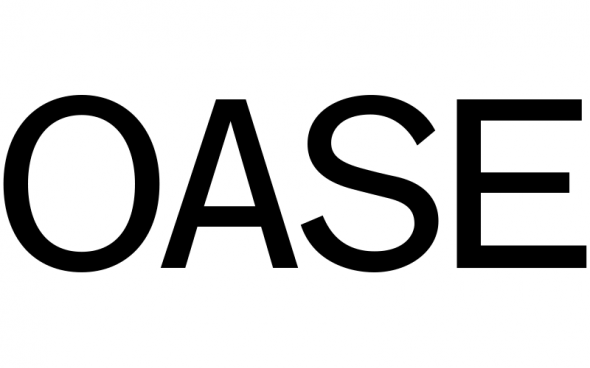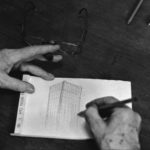OASE 96 – Social Poetics | Call for Papers

Call for papers OASE 96 | SOCIAL POETICS _ The Architecture of Use and Appropriation
Theme editors: Els Vervloesem, Marleen Goethals, Hüsnü Yegenoglu, Michiel Dehaene
This issue of OASE is situated within a tradition that gives a central role to questions of use and appropriation in architectural reflection. The general attention to use and appropriation is part and parcel of a layered critique of architecture. The critique of a vulgar take on functionalism in favour of an open interpretation of the relationship between form and use (Rossi). The critique of commodification by placing the focus on use value rather than exchange value (Lefebvre). The critique of the hegemony of design (and the designer) in favour of design practices centred around use and usership (Jacobs, Gehl).
This issue of OASE will focus on the marked revival of forms of architecture that explicitly address questions of use and appropriation in the development of a sociocritical architecture. How can designers incorporate experience and use into their design process and architecture projects? Is this self-obvious or a point of contention? To what extent are designers ready to engage in processes of use and appropriation?
Between the belief in the autonomy of architecture on the one hand, and heteronomic, user-centred forms of design on the other, lies a broad spectrum of practices that radically question the traditional separation between design and use. In this issue, the opposition of design and use, of autonomy and heteronomy, is not addressed as a matter to be resolved, but rather as a productive force field for architectural production, as a dialectic to be spatially articulated and from which architecture and the city may derive meaning. In short, OASE #96 wishes to explore architectural projects that put great stock in the poetics of use and appropriation in the production of architectural meaning.
Call for Papers
We invite contributions of maximum 1500 words discussing critical architectural or urbanist design practices that mobilise use and appropriation as poetic material. These practices will be combined to produce both case-specific insights and shared ideas and arguments. In this way, we hope to move beyond the polemical theoretical discussions that have dominated this subject in the past. We ask authors to explicitly address the position adopted by themselves or other designers in the creation and articulation of possibilities of use. The papers must present a specific project or design practice that sheds light on the conceptual framework, the underlying motivations and the specific context in which this practice was developed.
The central question in this issue of OASE is how design can proactively engage with future users and possibilities of use. This involves much more than the legitimation of design choices and is not limited to discussions on user participation or user-centred design. We are, for example, interested in the various ways in which possibilities of use are conditioned by changes in the public or private character of a space, its accessibility, its visibility, etcetera. We are equally interested in projects that carve out conditions outside of the public-private dichotomy and create new collective worlds, new commons, counter spaces of the urban regularity. We would like to include practices that move beyond the classical role play of client, architect, user, and situate design in a broader ecology of actors and users. We are looking for practices that display a keen awareness of the possible positive or negative impact of architectural or urban intervention and incorporate that reflection in the design. Strategies that work for the protection of the city as use value against the effects of land speculation, for instance, belong in this category. We are looking for projects that conceive of use as a learning process and explore together with users the changing meaning of architecture. There is room for places concerned with reuse, reappropriation and the recycling of building elements and materials. We are interested in projects that work with traces of use (cf. usure), that conceive of use as patina rather than wear and tear. In the relationship between architecture and furnishing, and between furniture and its use we may also find clues for an architecture of appropriation. We look for contributions discussing questions of multiple use and appropriation, of different temporalities of use, time windows and rhythms, temporary and permanent.
Deadline for full papers: 20 August 2015
Papers may be written in English or in Dutch.
You may contact the editors to discuss possible contributions.
The selection of papers will be made in function of the quality of the papers and the diversity of practices.
evervloesem@architectureworkroom.eu
Michiel.Dehaene@ugent.be
Check the call on OASE’s website.
Related Posts
Questo sito usa Akismet per ridurre lo spam. Scopri come i tuoi dati vengono elaborati.








Lascia un commento